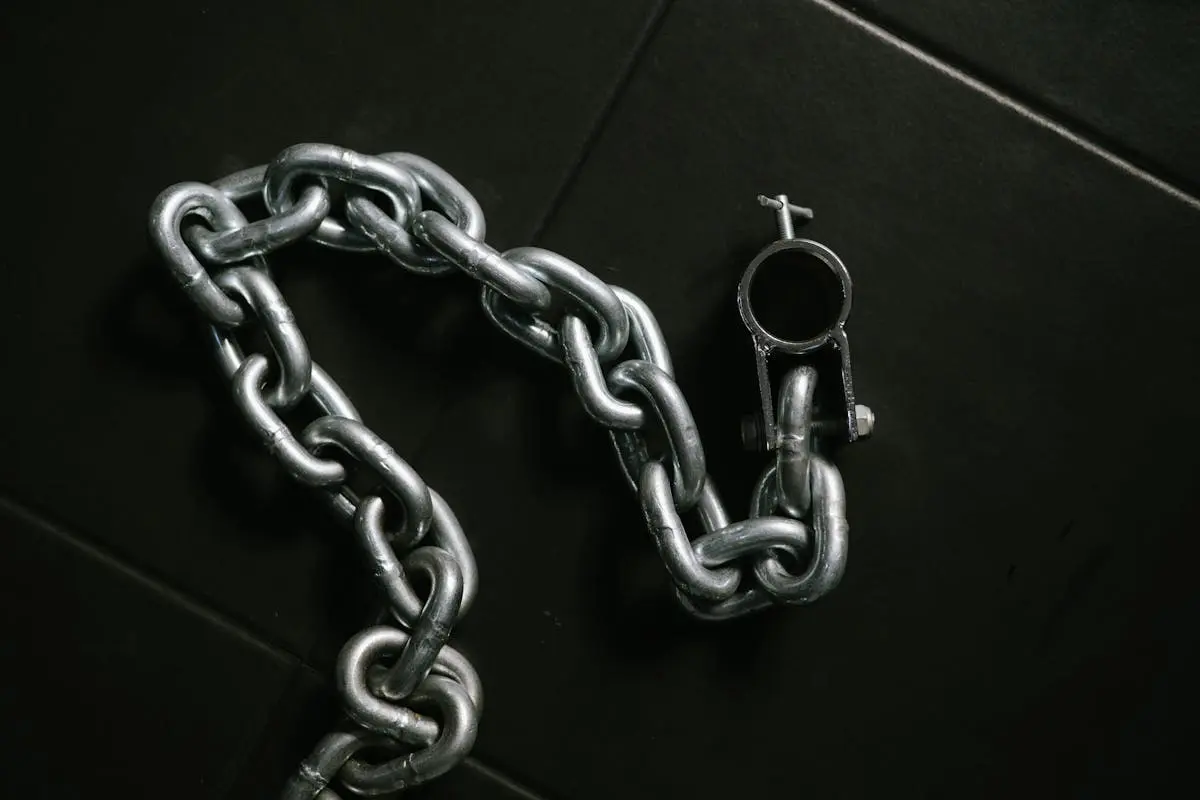Aerial acrobatics is a thrilling and beautiful art form that requires a unique set of skills and a keen awareness of safety. Whether you’re a seasoned performer or a newbie, understanding how to protect yourself while performing is crucial. In this blog post, we’ll explore five essential safety tips that every aerial acrobatics performer should keep in mind to ensure a safe and enjoyable experience in the air.
1. Proper Equipment Checks
Before every session, it’s vital to conduct thorough equipment checks. This isn’t just a formality; it’s your first line of defense against accidents. Start by inspecting your aerial silks, trapeze, or lyra for any signs of wear and tear. Look for frayed edges, seams that may be coming apart, or any hardware that may have rusted. Remember, your safety largely hinges on the integrity of your equipment.
In addition to checking the aerial apparatus, assess the rigging system. The rigging holds everything in place while you perform, so ensuring its security is critical. Inspect carabiners, safety straps, and any additional equipment used for securing your apparatus. A well-maintained rigging setup can make all the difference in preventing accidents during performance.
Always be diligent about replacing any worn-out gear. Investing in high-quality equipment pays off in the long run, as it can prevent unforeseen accidents and enhance your confidence while performing. Being proactive about your gear ensures that you can focus on the fluidity and creativity of your aerial acts without unnecessary worry.
2. Mastering the Basic Skills
As with any art form, lacking a strong foundation in the basic skills can lead to dangerous situations. Aerial acrobatics is no different. Before you attempt advanced moves, it’s essential to master basic techniques like climbs, hangs, and basic locks. Understanding these foundational elements not only enhances your safety but also sets you up for success as you progress.
Practice makes perfect, but practicing the wrong techniques can be harmful. We recommend dedicated sessions focusing solely on your fundamentals. This deliberate approach helps reinforce good habits, increasing your overall performance and reducing the risk of injury during more complex routines.
Additionally, consider enrolling in workshops or classes that emphasize technique. Learning from experienced teachers can provide insights into subtle adjustments that make a big difference in your execution. Taking the time to build your skills correctly is one of the best investments you can make in your aerial acrobatics journey.
3. Understanding Spotting Techniques
Spotting techniques are vital for maintaining safety during aerial performances, especially when attempting new tricks. A good spotter can provide the necessary support and guidance, helping you feel more secure in the air. Whether you’re training alone or with others, understanding how to effectively spot and be spotted is crucial.
Before you begin any aerial routine, communicate clearly with your spotter about what moves you will be executing. This openness enables your spotter to prepare and anticipate your movements, making it easier for them to provide the support you need. It’s always best to practice routines with someone who understands the risks involved and knows how to react when things don’t go as planned.
Moreover, as your skills advance, you may need to reevaluate spotting methods. Don’t be afraid to adapt your approach or seek additional training on spotting techniques. A well-coordinated spotting system not only enhances your safety but also fosters a supportive atmosphere among your fellow performers.
4. Creating a Safe Practice Environment
A safe practice environment is essential for any aerial acrobatics performer. The space where you train should be free of hazards to minimize the risk of injury. Start by ensuring that the floor surface underneath your aerial setup is appropriate; using mats or crash pads can provide a soft landing in case of falls.
In addition to floor safety, consider the overall layout of your practice space. Ensure that there’s ample room for your aerial apparatus and that it is appropriately rigged. Ensure there are no obstacles nearby that could cause accidents, such as hanging equipment or furniture. A clutter-free space allows you the freedom to move without fear of hitting something.
Furthermore, effective communication is a key component of safety in your practice environment. If you are training with others, maintaining open lines of dialogue ensures that everyone is aware of each other’s movements, which is critical in preventing accidents. Embracing this collaborative spirit helps foster a culture of safety and respect among aerial artists.
5. Recognizing Your Limitations
One of the most challenging aspects of aerial acrobatics is acknowledging your limitations. While it may be tempting to push yourself beyond your current skill level, doing so can lead to injuries or accidents. Instead, focus on setting realistic goals that build upon your existing abilities, allowing you the time necessary to master more complex maneuvers.
It’s essential to listen to your body during practice. If you’re feeling fatigued or if a particular move isn’t working, don’t hesitate to take a step back. Rest and recovery are just as important as practice in any physical discipline. Learning to recognize when to push through and when to step back will ultimately lead to sustained success and safety in your aerial journey.
Moreover, surrounding yourself with a supportive community can help you understand your boundaries better. Whether it’s friends, instructors, or fellow performers, having encouragement and honest feedback can motivate you to improve while respecting your limits. Building a strong foundation based on realism and self-awareness will lead to a long and fulfilling practice in aerial acrobatics.


